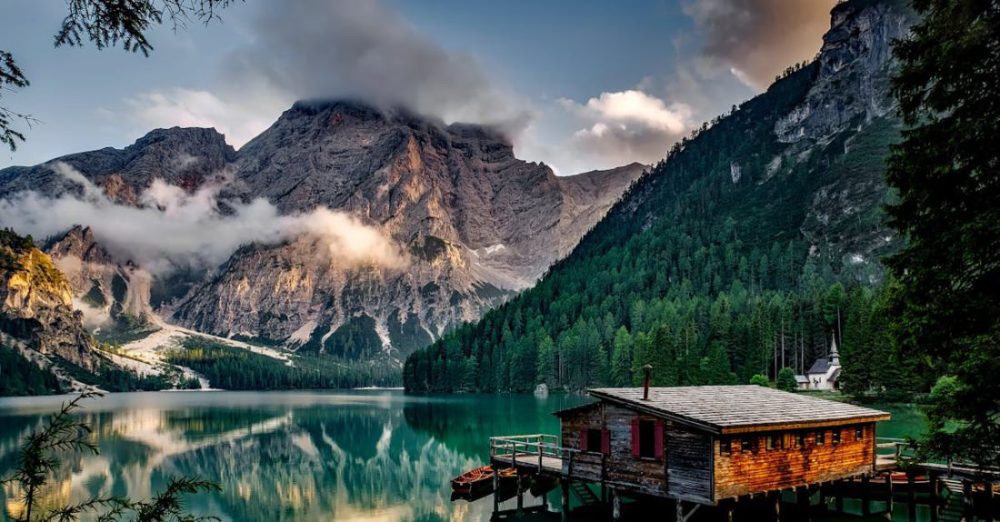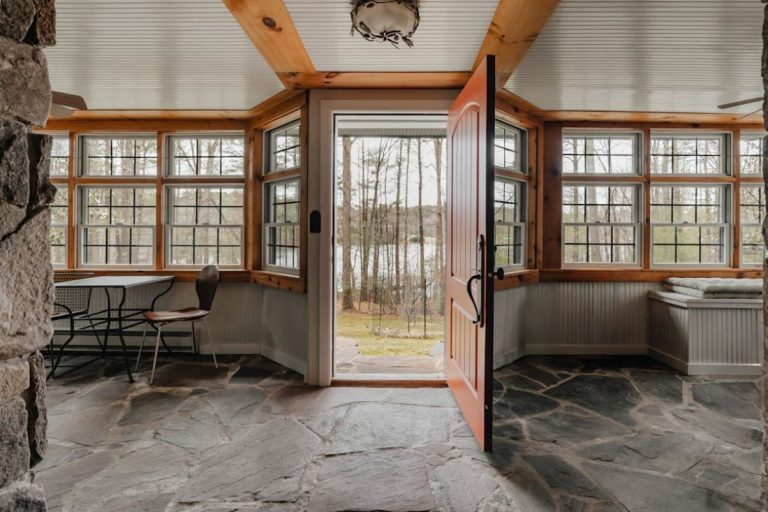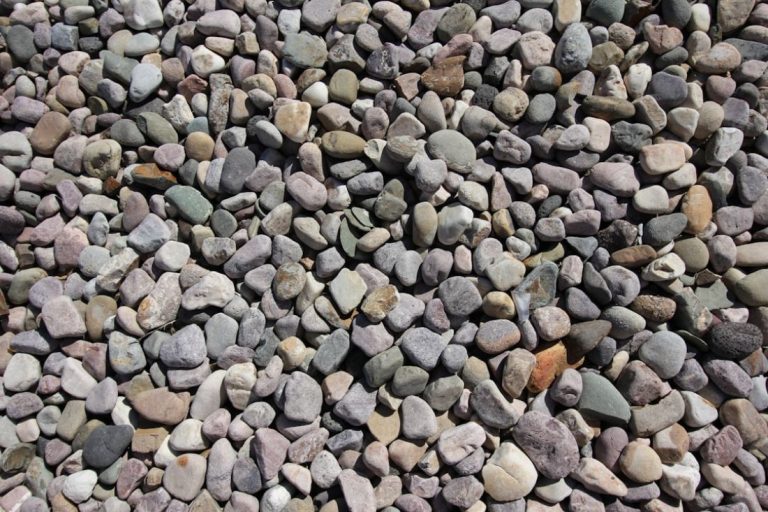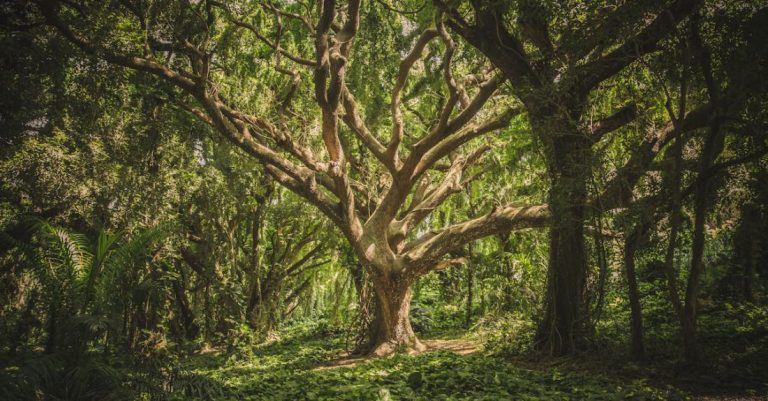
Creating a sustainable landscape is not only beneficial for the environment but also for your overall well-being. By incorporating eco-friendly practices and design elements into your outdoor space, you can reduce water usage, minimize waste, and support local biodiversity. In this article, we will explore how to design a sustainable landscape that is both beautiful and environmentally friendly.
Start with a Site Analysis
Before diving into the design process, it is essential to conduct a thorough site analysis of your property. Take note of factors such as sun exposure, soil quality, existing vegetation, and water sources. Understanding these aspects will help you make informed decisions when selecting plants and hardscape materials for your landscape.
Choose Native Plants
One of the key principles of sustainable landscaping is to incorporate native plants into your design. Native plants are adapted to the local climate and soil conditions, requiring less water, fertilizer, and maintenance compared to exotic species. Additionally, native plants provide habitat and food for local wildlife, promoting biodiversity in your garden.
Create Water-Efficient Design
Water conservation is a crucial aspect of sustainable landscaping. To reduce water usage in your landscape, consider installing a rainwater harvesting system to collect and store rainwater for irrigation. Utilize permeable paving materials such as gravel or permeable pavers to allow rainwater to infiltrate the soil instead of running off into storm drains. Designing a water-efficient landscape not only conserves water but also helps prevent erosion and reduce pollution in water bodies.
Implement Sustainable Irrigation Practices
When designing a sustainable landscape, it is important to implement efficient irrigation practices to minimize water waste. Consider using drip irrigation systems or soaker hoses to deliver water directly to plant roots, reducing evaporation and runoff. Install a smart irrigation controller that adjusts watering schedules based on weather conditions and plant needs. By using water wisely in your landscape, you can save resources and reduce your environmental impact.
Incorporate Permaculture Principles
Permaculture is a design approach that focuses on creating sustainable and self-sufficient systems inspired by natural ecosystems. Incorporate permaculture principles such as companion planting, polyculture, and mulching into your landscape design to promote soil health, conserve water, and support biodiversity. By mimicking nature’s patterns and processes, you can create a resilient and productive landscape that requires minimal inputs and maintenance.
Promote Wildlife Habitat
A sustainable landscape should not only benefit humans but also support local wildlife. Create habitat for birds, pollinators, and beneficial insects by planting a variety of native plants, providing water sources, and incorporating shelter such as birdhouses and bee hotels. Avoid using pesticides and herbicides that can harm wildlife and disrupt the ecosystem. By welcoming wildlife into your garden, you can contribute to conservation efforts and foster a healthy and balanced environment.
Utilize Recycled and Reclaimed Materials
When designing a sustainable landscape, consider using recycled and reclaimed materials for hardscape features such as pathways, patios, and retaining walls. Reusing materials such as reclaimed wood, recycled plastic lumber, and salvaged bricks reduces waste and minimizes the environmental impact of your landscape design. Look for locally sourced materials to support the regional economy and reduce transportation emissions.
Conclusion: Embrace Sustainable Landscaping
Designing a sustainable landscape is a rewarding endeavor that benefits both the environment and your quality of life. By incorporating native plants, water-efficient design elements, permaculture principles, wildlife habitat features, and recycled materials into your landscape, you can create a beautiful and eco-friendly outdoor space that thrives for years to come. Embrace sustainable landscaping practices to make a positive impact on the planet and inspire others to design with nature in mind.





